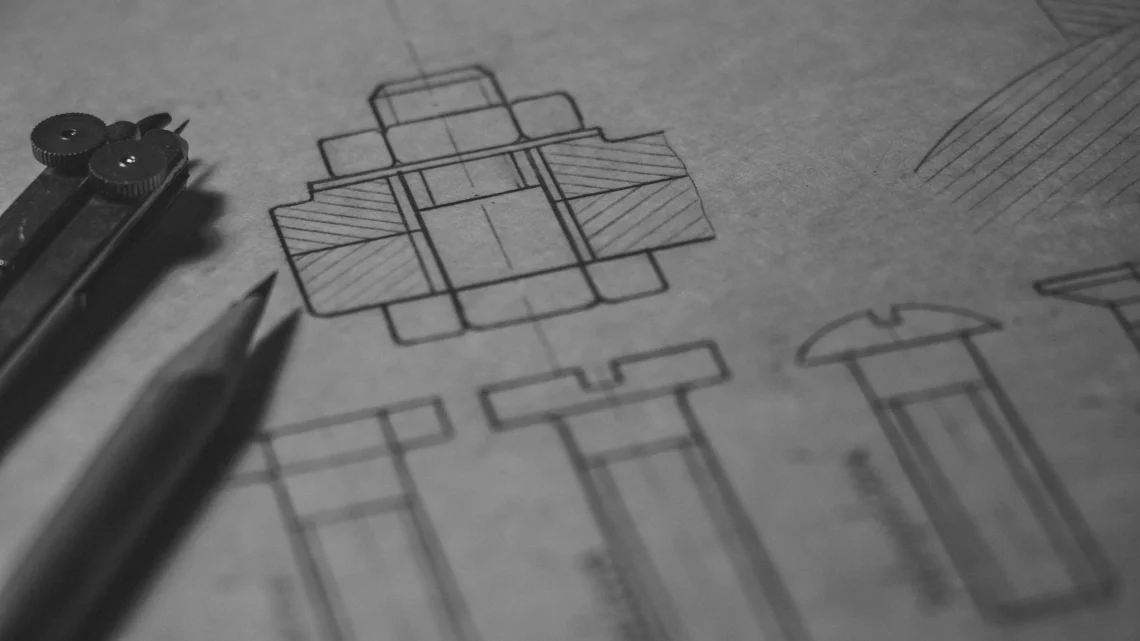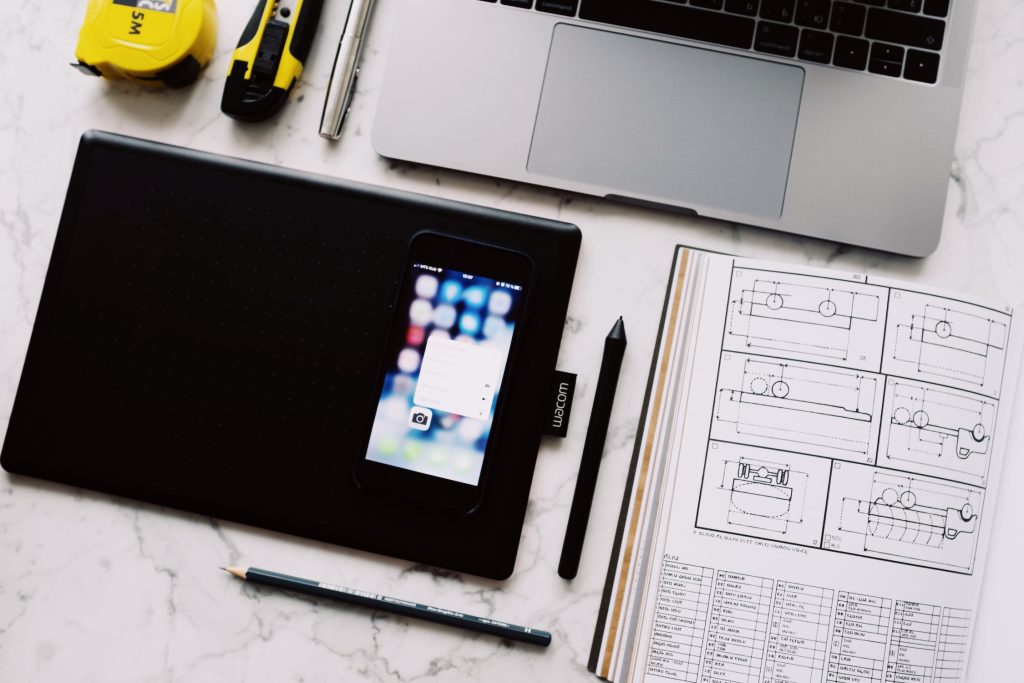
Unleashing Creative Innovation: “Design the Thought”
Exploring new perspectives and innovative approaches is essential for creating impactful solutions in the design world. One such concept, known as “Design the Thought,” challenges conventional thinking and encourages designers and developers to delve deeper into the thought process behind their creations. This article will explore the principles behind “Design the Thought” and it’s potential to unlock new levels of creativity and innovation. By embracing this approach, teams can create designs that captivate, engage, and leave a lasting impact.
The Philosophy of “Design the Thought”
“Design the Thought” is a concept that emphasises the importance of the thought process and ideation in design. It recognises that the core idea and thinking behind a design significantly influence its outcome and impact. By investing time and effort into thoughtful conceptualisation, development teams can uncover unique perspectives, challenge traditional boundaries, and create designs that truly resonate with their intended audience.
Embracing Unconventional Thinking
“Design the Thought” encourages development teams to break free from conventional constraints and embrace unconventional thinking. The team can uncover innovative solutions by challenging preconceived notions, exploring new perspectives, and pushing the boundaries of creativity. Embracing unconventional thinking allows for unique approaches and breakthrough ideas that have the potential to revolutionise the design landscape.
For example, let’s consider a web design project. In a conventional approach the team may follow established templates and layouts commonly used for websites in a specific industry. However, “Design the Thought” encourages them to break free from these constraints and explore unconventional thinking. In this context, the developers might challenge the notion that a website must adhere to a particular grid structure or traditional navigation patterns. They might experiment with a novel user interface that uses interactive storytelling elements or introduces a non-linear browsing experience.
By pushing the boundaries of creativity, the team can create a unique and engaging website that stands out from competitors, captures user attention, and revolutionises the design landscape within the industry.
Prioritising User-Centric Design
Central to “Design the Thought” is the emphasis on user-centric design. Understanding the target audience’s needs, desires, and experiences is crucial for successful designs. By placing users at the forefront of the design process, the development team can empathise with their users, anticipate their requirements, and develop solutions that truly meet their needs. The user-centric design ensures that designs are intuitive, engaging, and meaningful to the end-users.
For instance, imagine a mobile app aimed at fitness enthusiasts. With a user-centric approach, the team would go beyond simply offering basic features such as tracking workouts or counting calories. Instead, they would deeply understand the target audience’s needs, desires, and experiences related to fitness. Through user research and empathy, the team discovers that many users struggle with staying motivated and finding workout routines that align with their preferences and goals.
Embracing the user-centric design philosophy, the team creates a personalised workout app that tracks progress and offers tailored workout recommendations based on the user’s fitness level, goals, and preferences. They incorporate features such as interactive workout videos, customisable routines, and progress tracking with visual feedback. By anticipating user requirements and focusing on their needs, the team creates an intuitive and engaging app that genuinely enhances the fitness journey for its users. The user-centric approach ensures that the app becomes a valuable tool for individuals seeking to achieve their fitness goals, providing them with a meaningful and satisfying experience.
Iterative and Collaborative Design Process
An iterative and collaborative design process is vital. Creators can continuously improve their designs by embracing experimentation, constant refinement, and feedback loops. Collaboration with stakeholders, clients, and users throughout the design journey provides valuable insights and diverse perspectives. This iterative and collaborative approach ensures that designs evolve and improve over time, resulting in more refined and impactful outcomes.

Balancing Aesthetics and Functionality
“Design the Thought” recognises the importance of balancing aesthetics and functionality in design. Great design looks visually appealing and seamlessly integrates with its intended functionality. Striking the right balance between aesthetics and usability ensures that designs not only captivate but also serve their purpose effectively. By considering both aspects, teams can create designs that are visually stunning and highly functional.
For instance, let’s consider the design of a modern electric car. In line with the principles of “Design the Thought,” the design team aims to strike a balance between aesthetics and functionality. They recognise that the car needs a visually appealing exterior that captures attention and represents the brand’s futuristic image.
To achieve this, the team carefully crafts the car’s exterior with sleek lines, aerodynamic shapes, and unique design elements that give it a distinctive and eye-catching appearance. The aesthetics are carefully considered to evoke a sense of elegance, innovation, and sustainability.
However, the team also understands that the car’s design must be highly functional. They prioritize factors such as efficient use of space, optimised aerodynamics for increased energy efficiency, and intuitive user interfaces for a seamless driving experience. The interior design focuses on ergonomics, comfort, and practicality, with well-placed controls and easy-to-read displays.
By considering aesthetics and functionality, the design team successfully creates an electric car that turns heads with its visually stunning exterior and delivers a high-performing, efficient, and user-friendly driving experience. The balance between aesthetics and functionality ensures that the design not only captivates onlookers but also serves its purpose effectively as a reliable and sustainable mode of transportation.
“Design the Thought” offers a fresh perspective for designers to approach their craft. By embracing unconventional thinking, prioritising user-centric design, adopting an iterative and collaborative process, and balancing aesthetics with functionality, designers can unlock new levels of creativity and innovation. Embracing the principles behind “Design the Thought” empowers designers to create designs that captivate, engage, and make a meaningful impact on their intended audience. So, let us embrace this philosophy, challenge the status quo, and design with thoughtfulness and creativity to shape the future of design.




